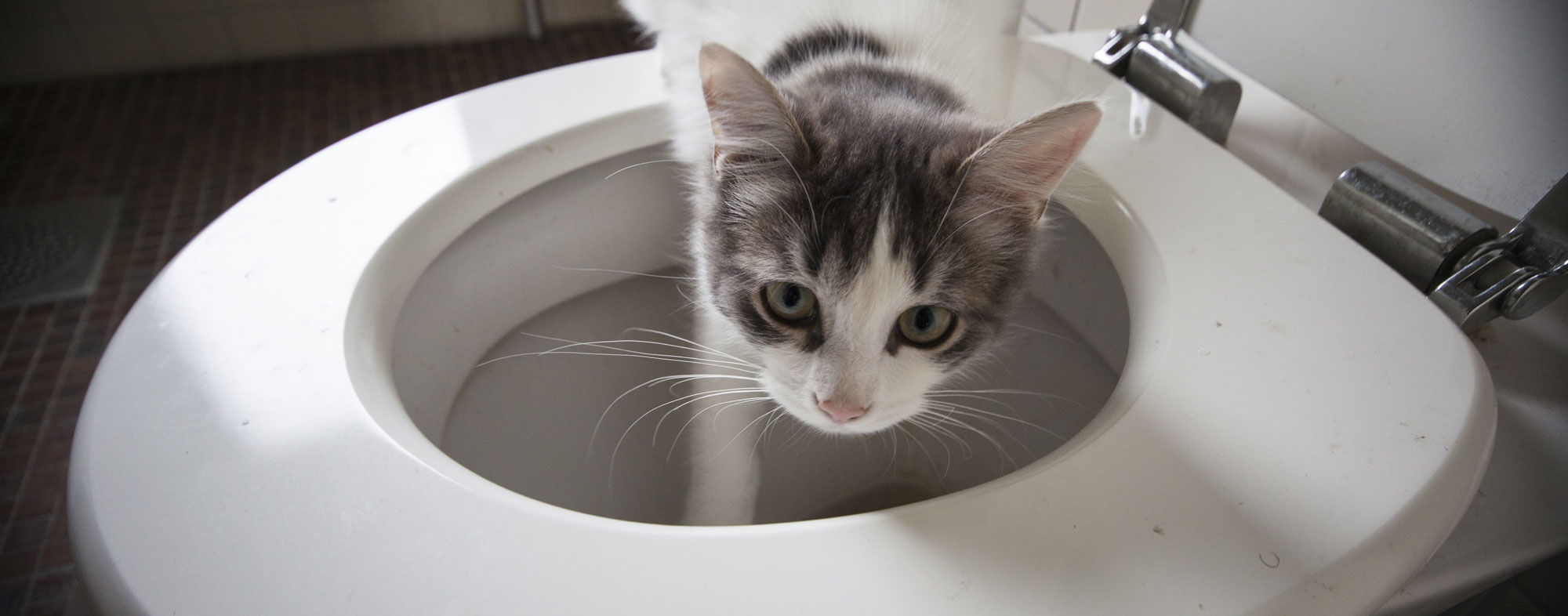In this article below you'll find a good deal of very good help and advice concerning How to Dispose of Cat Poop and Litter Without Plastic Bags.

Intro
As pet cat owners, it's essential to be mindful of how we deal with our feline friends' waste. While it might appear practical to flush feline poop down the toilet, this technique can have destructive repercussions for both the environment and human health and wellness.
Environmental Impact
Purging cat poop presents hazardous virus and parasites right into the water system, presenting a significant danger to marine communities. These contaminants can negatively affect aquatic life and compromise water top quality.
Health Risks
In addition to ecological problems, flushing cat waste can likewise pose wellness threats to human beings. Feline feces may contain Toxoplasma gondii, a bloodsucker that can create toxoplasmosis-- a potentially serious ailment, specifically for pregnant females and people with weakened body immune systems.
Alternatives to Flushing
The good news is, there are much safer and extra accountable means to take care of pet cat poop. Think about the complying with alternatives:
1. Scoop and Dispose in Trash
One of the most typical method of dealing with pet cat poop is to scoop it into a biodegradable bag and toss it in the trash. Make certain to utilize a dedicated trash inside story and throw away the waste promptly.
2. Usage Biodegradable Litter
Opt for eco-friendly feline litter made from materials such as corn or wheat. These clutters are eco-friendly and can be securely thrown away in the trash.
3. Bury in the Yard
If you have a yard, consider burying cat waste in an assigned area far from vegetable yards and water resources. Make sure to dig deep adequate to avoid contamination of groundwater.
4. Mount a Pet Waste Disposal System
Invest in a pet dog waste disposal system particularly made for cat waste. These systems utilize enzymes to break down the waste, lowering odor and environmental effect.
Conclusion
Responsible pet possession expands past supplying food and sanctuary-- it likewise includes proper waste monitoring. By avoiding flushing cat poop down the toilet and going with alternate disposal methods, we can minimize our ecological footprint and shield human health and wellness.
Why Can’t I Flush Cat Poop?
It Spreads a Parasite
Cats are frequently infected with a parasite called toxoplasma gondii. The parasite causes an infection called toxoplasmosis. It is usually harmless to cats. The parasite only uses cat poop as a host for its eggs. Otherwise, the cat’s immune system usually keeps the infection at low enough levels to maintain its own health. But it does not stop the develop of eggs. These eggs are tiny and surprisingly tough. They may survive for a year before they begin to grow. But that’s the problem.
Our wastewater system is not designed to deal with toxoplasmosis eggs. Instead, most eggs will flush from your toilet into sewers and wastewater management plants. After the sewage is treated for many other harmful things in it, it is typically released into local rivers, lakes, or oceans. Here, the toxoplasmosis eggs can find new hosts, including starfish, crabs, otters, and many other wildlife. For many, this is a significant risk to their health. Toxoplasmosis can also end up infecting water sources that are important for agriculture, which means our deer, pigs, and sheep can get infected too.
Is There Risk to Humans?
There can be a risk to human life from flushing cat poop down the toilet. If you do so, the parasites from your cat’s poop can end up in shellfish, game animals, or livestock. If this meat is then served raw or undercooked, the people who eat it can get sick.
In fact, according to the CDC, 40 million people in the United States are infected with toxoplasma gondii. They get it from exposure to infected seafood, or from some kind of cat poop contamination, like drinking from a stream that is contaminated or touching anything that has come into contact with cat poop. That includes just cleaning a cat litter box.
Most people who get infected with these parasites will not develop any symptoms. However, for pregnant women or for those with compromised immune systems, the parasite can cause severe health problems.
How to Handle Cat Poop
The best way to handle cat poop is actually to clean the box more often. The eggs that the parasite sheds will not become active until one to five days after the cat poops. That means that if you clean daily, you’re much less likely to come into direct contact with infectious eggs.
That said, always dispose of cat poop in the garbage and not down the toilet. Wash your hands before and after you clean the litter box, and bring the bag of poop right outside to your garbage bins.
https://trenchlesssolutionsusa.com/why-cant-i-flush-cat-poop/

Do you like reading about Don’t flush cat feces down the toilet? Post feedback directly below. We will be pleased to listen to your insights about this posting. In hopes that you come back again before long. Appreciated our article? Please share it. Let somebody else find it. Thank you for your time. Please visit our blog back soon.
Top Article
Comments on “Potential Issues of Flushing Cat Poop Down Your Toilet - Safeguard Your Pipes”